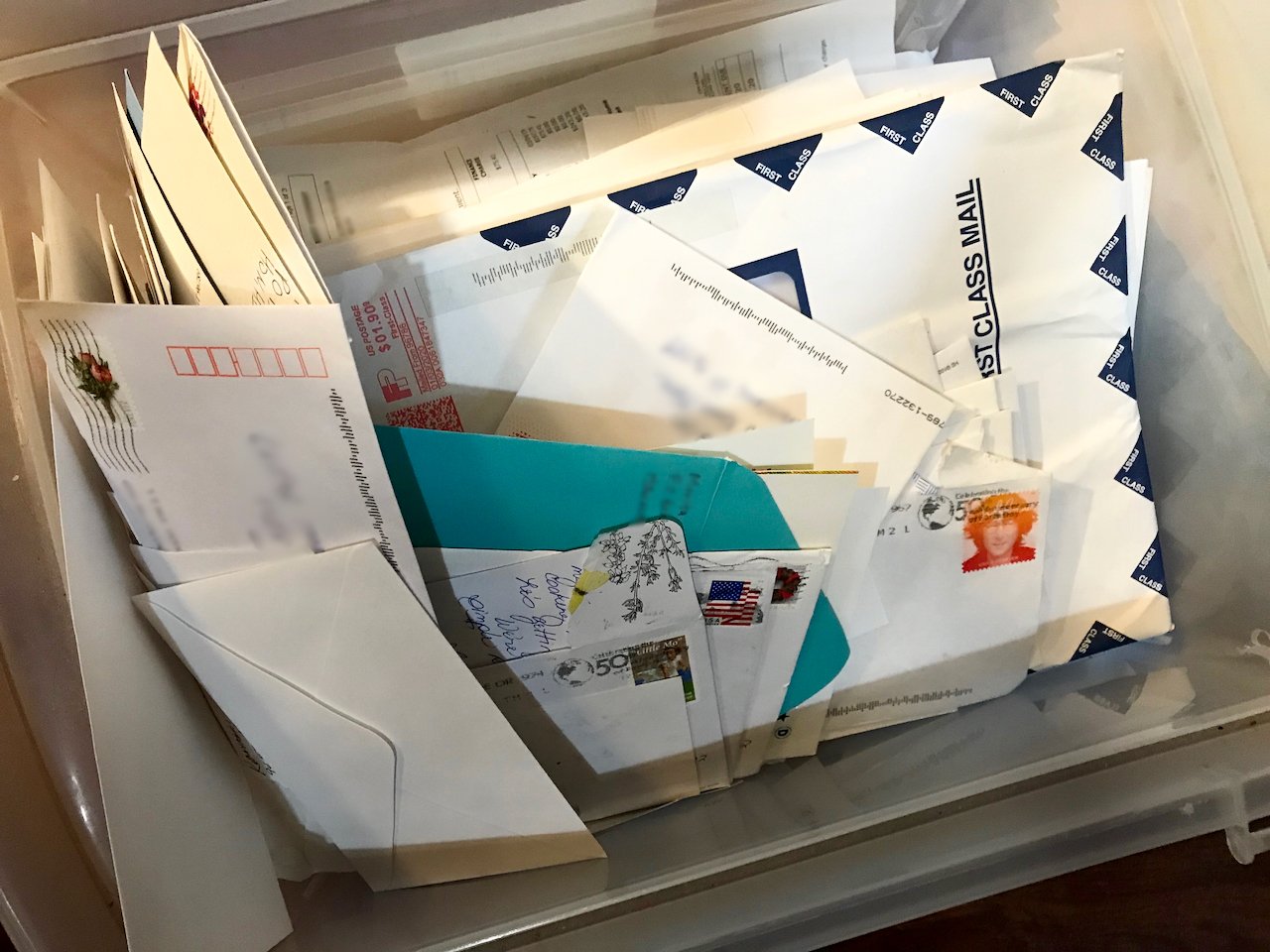When nothing has a home, then everything lives on the counter—or the floor.
Are you somebody who has trouble deciding where things should "live" in your home?
You're not alone! “Where to put things” is a challenge that many people face. It commonly causes clutter, for two reasons: (1) it's unclear where items belong, or (2) it's difficult or inconvenient to return them to their homes.
The result: things wind up wherever they get put down, often covering every surface.
What can help? First, pare down.
It's important to remember that in the organizing process, storage is the very last step. There's no point in trying to find a home for everything you own, before you have decided whether you really need or want to own all of it.
So pare down first. Letting some things go will free up space and reduce clutter, even if you did nothing else.
Have you heard the saying “A place for everything, and everything in its place”? It’s a simple but powerful concept!
Eliminate the uncertainty of where things belong.
Choose a home for each item, and make it a habit to return it to its home after use.
Not sure where to put it? Store it close to where you use it. Example: I keep the cat food in a cabinet near the cat's food & water bowls.
Still not sure where to put it? Don't sweat it. Just put it somewhere, and see how that works. If you decide the home you've chosen doesn't work, you can always change it.
Keep all items of the same type in the same place. Example: There's only one place where batteries live in my house: a certain kitchen drawer.
If you live with others, designate a storage place for each person. Try to focus each person's storage in one spot, such as a closet or cabinet. Avoid having numerous storage spaces throughout the house (for example, a situation where Dad's socks and underwear live in the bathroom, his shirts in a closet, and his pants in a dresser in a different room).
Reserve "prime real estate" locations for everyday, frequently used items. Example: My coffee machine lives on the counter but my waffle maker is stored in a cabinet.
Make it easy to put things back.
Store items in a way that makes them easy to put away. (Don't worry about making things easy to get out. When you need them, you will get them out.)
Have the simplest system possible. Avoid spending lots of money on clever-looking "storage solutions". Not everything needs to be in a bin or a container. As I said in a previous post, containers don’t make you organized. For things that do need to be containerized, try to use a box, bin or basket you already have.
Notice what’s already working in your home, and build on it. Example: Do you file-fold your T-shirts in a drawer? Try doing the same with your dish towels.
Taking care of your home feels good! This helps reinforce positive habits.
Build positive habits.
When things have a home, they're much easier to put away, because where to put them doesn't require a decision. The decision has already been made. It can feel satisfying to return things to their place, because you're taking care of your home. This feeling can help build and reinforce positive habits that will keep your home tidier and you happier!
Longing for an organized, peaceful home? I'm a Chicago-based professional organizer and I'm here to help. Reach out to me for your free 30-minute consultation. 🌱









